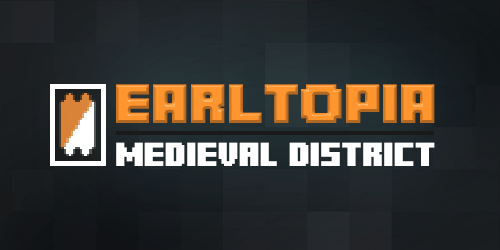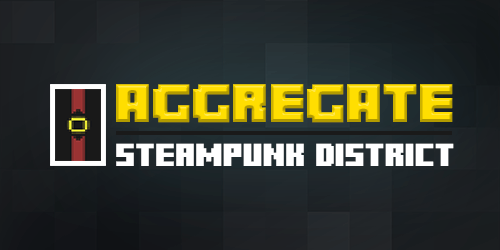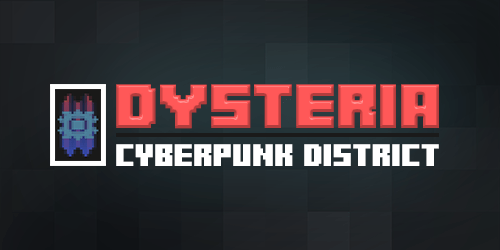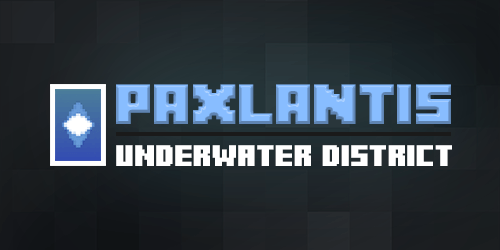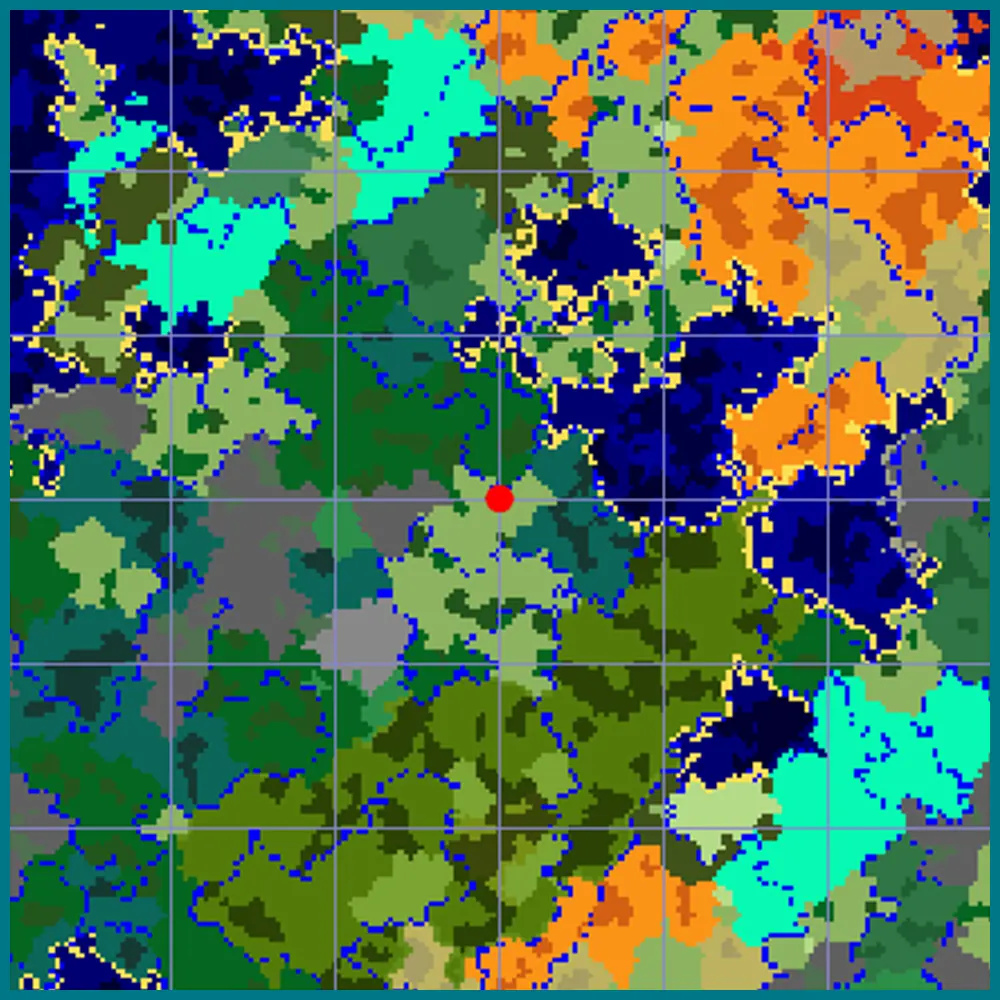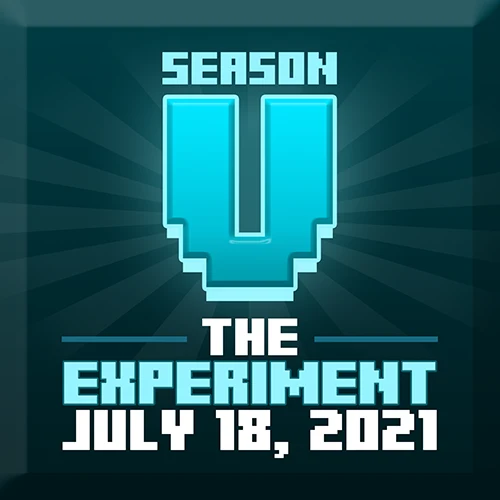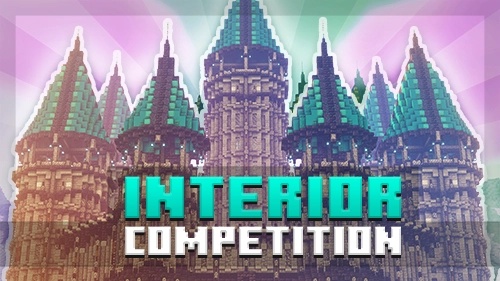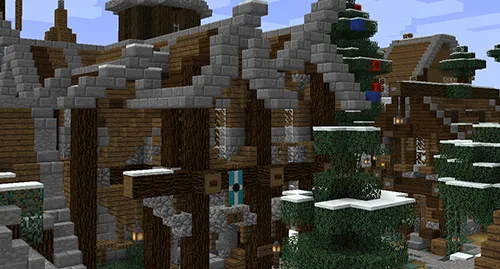Minecraft is now over 12 years old. The blocky sandbox game has risen from a one-man project by a then unknown developer to the single best-selling video game in history, owned by one of the largest tech companies in the world. It has influenced an entire generation of gamers, practically everybody has played it at some point in their life, and the streak of success seems to continue forever. How did it get there? How does Mojang keep Minecraft alive? And when will the era of Minecraft come to an end?
The beginnings of Minecraft
In May 2009, nobody has yet heard of Minecraft. That's because the Swedish game developer Markus Persson, better known as Notch, first named his project “Cave Game”. Shortly after, he renamed it to “Minecraft: The Order of the Stone”, then to just “Minecraft”. He probably didn't guess he was working on what was soon to become a phenomenal hit. Fast forward by 5 years (November 2014), and he sells his game to Microsoft for 2.5 billion dollars. He has since largely disappeared from public interest, but Minecraft has only kept growing.
Of course, Minecraft's long lasting success is partly due to it being a sandbox game. It gives you no instructions on where to go and what to do, and so there's no clear end to the gameplay. The so-called “End” in-game is really just a new world that opens even more possibilities, so the gameplay experience in Minecraft is what the player makes of it. Everyone can follow their passions and so entire subcultures developed inside of Minecraft. There's people interested in building, redstone, PVP, modding, texture pack and skin creation... You know the drill. Compared to some other popular games, Minecraft offers the most individualized gameplay, and the highest replay value. You can always start a new world and create new things, as long as you have fresh ideas. So the very concept of Minecraft is part of its long-term success, binding players to the game for more than 12 years now.
The update philosophy
Another important factor in the continuous success of Minecraft is the way Mojang updates their game. When you look at the list of the best-selling video games in the world, most of them were released to the public at one point and then never have been changed in any major way. Minecraft is different, and that's part of why it's on the top of that list.
In the last 10 years, Mojang has released 18 major updates, on average a new update with new, game-changing features every 7 months. This constant addition of new content surely helps to spark the players' creativity. And that creativity is what Minecraft relies on to keep players engaged.
Engagement is a key word in Mojang's philosophy. Before any update, they hear out the community – the best example being the votes on new features during Minecon. In 2019, players could vote which of three biomes should be redesigned, and a year later they could choose which new mob was to be added to the game.
Not only does this prevent any big backlash about unpopular changes, because people had a choice, but it makes sure there are no unpopular changes in the first place. This is of course highly subjective, but generally, the new features in all the major updates have been received relatively well by the player base. That's because Mojang succeeds to keep everything coherent – or “minecraft-y”. The new features don't seem out of place, they fit into the existing environment. So how do they achieve that? Do the Mojang devs just have a great intuition about what is too far away from the Minecraft feeling? Well, probably also that, but what really matters here is the way Mojang constantly asks for community feedback. There are lots of tweets you can find where normal players directly influenced the development process, because many Minecraft developers are very active on Twitter and engage with the community.
So after 12 years of constant changes to the game, the only instance of widespread criticism of a new update is when Mojang changed the PVP system in 2016. Not a bad record.
Another great example of Mojang's dedication to keep the game “minecraft-y” is how they handled the new “archaeology” feature. After it had been announced to be released in 1.17, then 1.18, it has been postponed to an undisclosed date because Mojang felt it didn't yet fit in the Vanilla Minecraft world.
Minecraft Multiplayer: Games In The Game
Arguably the most important Minecraft update was the multiplayer update in August 2010. It was part of an early alpha version, which goes to show that multiplayer is at the very core of Minecraft. Now while it was originally intended for playing Survival Minecraft with your friends instead of alone, this new feature was the stepping stone to much more than that. Thanks to multiplayer, entire games have been made inside of Minecraft, resulting in hugely successful server networks offering dozens of game modes to players. So you could argue that by buying Minecraft, you don't just buy one, but potentially hundreds of games. In this regard, Mojang hugely profits from its player base's creativity. With Minecraft, they give the creative outlet to players, developers and modders to come up with new things themselves, contributing to Minecraft's overall popularity and success.
Communities and subcultures
With all the creative tools Minecraft has to offer, thousands of communities have evolved around the game. There are countless Minecraft servers, Discord servers, forums, subreddits and so on about different aspects of Minecraft. People form small and large groups around their shared passion, find friends, inspire each other, and with joined forces, they often create stunning work. If you take it to the extreme, you could even compare Minecraft to social media. It arguably connects people in a more profound way than Facebook ever has.
So what does Mojang do to promote this? Today, apart from making the game, they also offer basic server hosting for groups of friends to play together. In 2013, Mojang introduced Minecraft Realms which enables you to very easily rent a server directly from the in-game menu. Where you had to consult an external service provider before, Mojang now got you covered. Definitely part of a bigger strategy.
Let's Play Minecraft
And then there's YouTube. Minecraft is huge on YouTube. In the early days of Let's Play videos, there was still uncertainty about copyright issues, whether players were actually allowed to upload content entirely recorded in-game. But eventually the consensus was that game studios profit from these free advertisements of their games. Minecraft soon became the biggest Let's Play category on YouTube, as Mojang actively encouraged players to create Minecraft content. During Minecon 2013 for instance, there were panels about different aspects of content creation, teaching players how to build an audience and essentially generate more public interest for Minecraft. A win-win situation.
More Diversity: Reaching New Audiences
Today, Minecraft is everywhere. The game has become a brand, there's Minecraft t-shirts, mugs, keychains, books, lamps, phone cases, pins, and of course the spin-off games Minecraft Dungeons, Minecraft Earth, Minecraft Story Mode and there's even a Minecraft Education Edition.
And, more importantly, the original Minecraft game has been renamed to “Minecraft Java Edition”, and the original logo now belongs to the cross-platform Bedrock Edition. The Bedrock edition was Mojang's attempt to acquire new players with improved performance on the PC, but also enabling users of other devices to play Minecraft on phones and tablets, on the XBOX, PlayStation, Nintendo Switch and even in VR. While the Bedrock Edition has long lacked popularity among many veteran Java Edition players, Mojang's strategy fully worked out. The monthly sales of Bedrock edition have long surpassed those of the Java Edition. Part of its financial success is the marketplace where you can buy skins, maps, texture packs, or, well: things you can get for free on Java Edition. One of the reasons many Java players dislike the Bedrock edition.
Still, Mojang found a way to keep making money off of a game that most people already bought – and in the end, all Minecraft players profit from that, as the development continues.
The Future: When Will Minecraft End?
Over the past years, Mojang constantly added more blocks, items and features to their game – making the gameplay more varied, more interesting, but also – more complex. Today, Minecraft has 3 dimensions, 75 mobs, 79 biomes and a staggering 726 different items. That's twice the amount of items there were in 2011. Can this trend continue forever? Inventory management has become a real issue for many players, and Mojang has not yet come up with a viable solution.
What's for sure is that the gameplay can still become much more complex and still be playable. Dozens of very popular modpacks out there prove that. The decision from what point on the number of features becomes too overwhelming for the average person and especially new players is ultimately up to Mojang. But given their history of hearing the community's feedback, I'm sure they will make the right decision. Today, there is still no end in sight for the development of Minecraft, and whether a final Minecraft version will ever be released is up for the future to show us. Until then, let's look forward to the biggest Minecraft update in a long time, 1.18. And celebrate this game that makes you keep coming back like no other.







